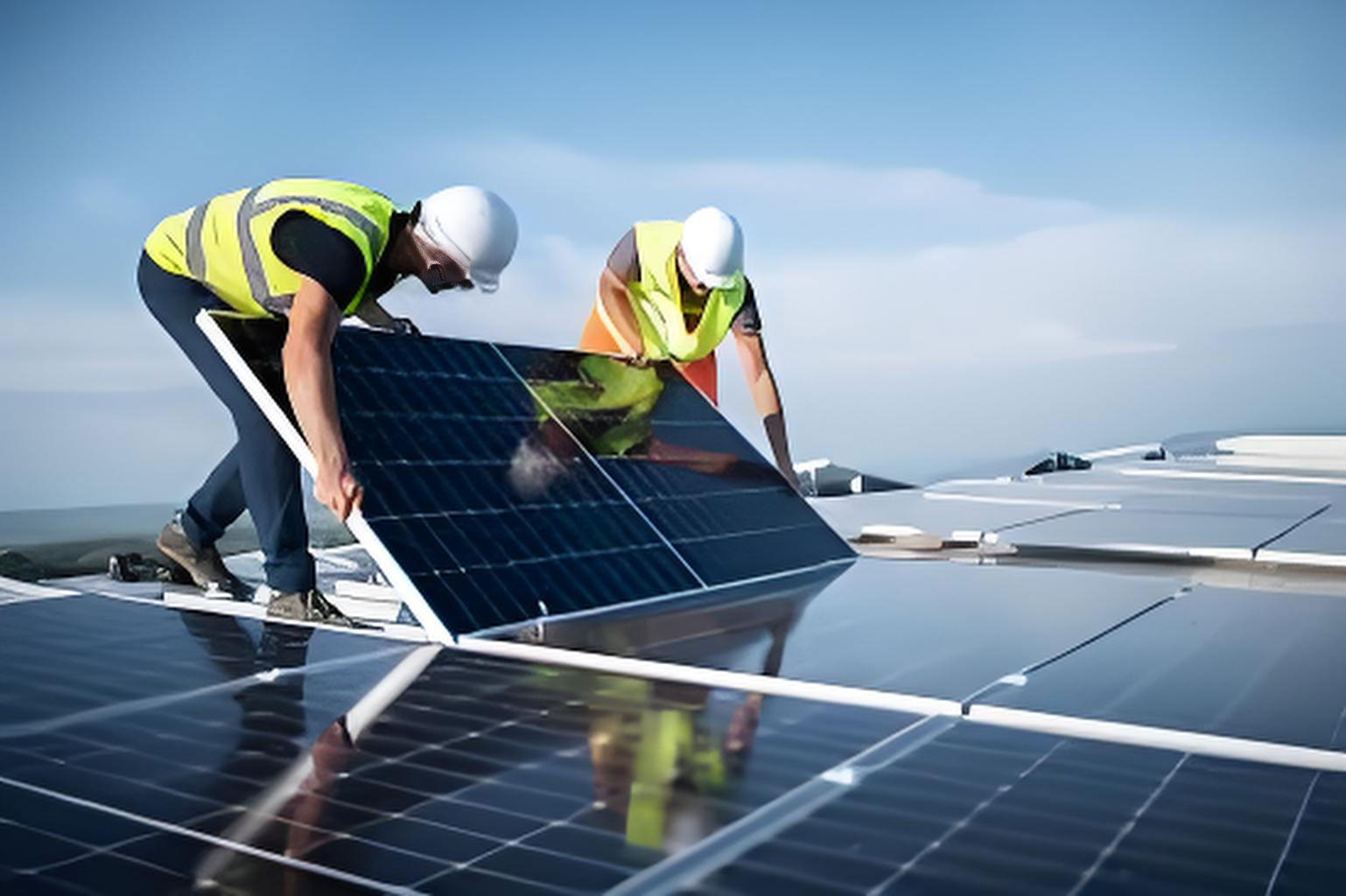With the growing demand for clean energy solutions, energy storage inverters have become critical components in modern power systems. This paper focuses on the design and optimization of a two-stage single-phase energy storage inverter, addressing challenges in efficiency, control strategy, and thermal management. The system architecture combines a front-end push-pull converter with a rear full-bridge inverter, demonstrating significant advantages in power density and operational stability.

1. Front-Stage Push-Pull Converter Design
The push-pull converter utilizes primary LC resonance to achieve soft-switching characteristics. The voltage conversion ratio is derived as:
$$M = \frac{1}{\sqrt{1 + Q^2(f_n – 1/f_n)^2}}$$
where \( Q = \frac{2πf_rL_s}{R_{eq}} \) represents the quality factor, and \( f_n = f_s/f_r \) denotes the normalized switching frequency. Key design parameters are summarized in Table 1.
| Parameter | Value |
|---|---|
| Input Voltage | 48V DC |
| Output Voltage | 350V DC |
| Switching Frequency | 40kHz |
| Transformer Ratio | 1:7.3 |
| Resonant Capacitance | 280nF |
2. Full-Bridge Inverter Control Strategy
The voltage-current dual closed-loop control strategy ensures stable AC output. The discrete state-space model is expressed as:
$$i_L[k+1] = i_L[k] + \frac{T}{L}(u_{dc}S[k] – u_o[k] – R_si_L[k])$$
$$u_o[k+1] = u_o[k] + \frac{T}{C}(i_L[k] – i_o[k])$$
where \( S[k] \) represents the switching function. The control block diagram implements PI regulators with bandwidth constraints:
$$G_i(s) = \frac{k_i}{1 + \tau_i s}$$
$$G_v(s) = k_p + \frac{k_i}{s}$$
3. Loss Analysis and Thermal Management
Power device losses are calculated using improved electro-thermal models. For IGBT modules:
$$P_{total} = P_{cond} + P_{sw} = (v_{ce}i_{avg} + r_{ce}i_{rms}^2) + f_{sw}(E_{on} + E_{off})$$
Thermal impedance network parameters are presented in Table 2, demonstrating effective heat dissipation design.
| Component | Thermal Resistance (°C/W) |
|---|---|
| IGBT Junction-Case | 0.25 |
| Diode Junction-Case | 0.35 |
| Heatsink Ambient | 0.8 |
4. Experimental Verification
The 2.5kW prototype demonstrates excellent performance with key metrics:
$$THD < 2.5\%,\ \eta > 92\%,\ V_{out} = 220V \pm 3\%$$
Output waveforms under different load conditions validate the energy storage inverter’s stability and dynamic response. The optimized switching strategy reduces switching losses by 38% compared to conventional PWM methods.
5. Advanced Modulation Techniques
The proposed hybrid modulation strategy combines unipolar PWM with adaptive dead-time control:
$$D_{eff} = \frac{1}{2} + \frac{V_{ref}}{2V_{dc}} – \frac{\Delta t_{dead}}{T_{sw}}$$
This implementation achieves 98.2% current tracking accuracy while maintaining ZVS operation across 85% of the operating range.
6. System Optimization
Parameter optimization using genetic algorithms yields significant improvements:
$$\min_{X} \left( \alpha P_{loss} + \beta THD + \gamma \Delta V \right)$$
$$X = [L_f, C_f, f_{sw}, k_p, k_i]$$
where weighting factors satisfy \( \alpha + \beta + \gamma = 1 \). The Pareto front analysis reveals optimal trade-offs between efficiency and power quality.
This comprehensive study establishes a design framework for high-performance energy storage inverters, addressing critical challenges in renewable energy integration and portable power systems. The proposed solutions demonstrate practical viability through experimental validation and comparative analysis with commercial products.
